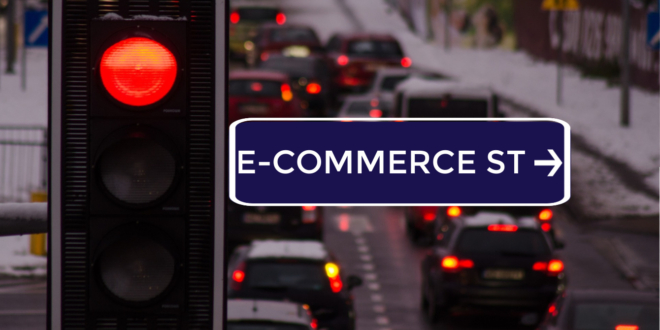By James Brear, CEO, Zycada
This has been a rough year for retailers, with the pandemic taking a steep toll across most of the industry. An eMarketer study found that COVID-19 will hurt retailers worse than the Great Recession, estimating that worldwide retail revenue will dip by 5.7% in 2020. While retailers slowly began to bounce back from the bleak spring during the subsequent summer months, core retail sales again dropped in August, underscoring how precarious the situation remains.

So far this year, we’ve seen several major brands declare bankruptcy, including J.C. Penny, GNC, Papyrus, Pier 1, Lucky Brand, Brooks Brothers, Century 21, and Neiman Marcus, as well as others.
The holidays are always the most important time for retailers, and this year they’ll be even more critical. For many ailing retailers to survive to 2021 and beyond, they’ll have to exceed expectations during the coming holiday shopping season. However, another recent study, this one from Deloitte, forecasts that holiday spending will rise by an anemic 1%-1.5%compared to 2019. But there’s also a silver lining in the data: Deloitte expects holiday e-commerce revenue to climb by 25% to 35% year-over-year.
With the pivot from brick and mortar to online shopping, retailers must prioritize e-commerce in Q4. Black Friday, Cyber Monday, and the following four weeks essentially comprise a do-or-die moment for hundreds of major companies. Their best chance to stay afloat is to overperform in online shopping.
To accomplish this, retailers will have to overcome yet another challenge unique to 2020. Amazon Prime Day took place on October 13-14, delayed from its normal July dates due to the pandemic. The importance of this can’t be understated: the world’s largest e-retailer just had its biggest sales event of the year just weeks before the traditional holiday shopping season begins with Black Friday.
When Prime Day occurs in the summer, its impact may be negligible for other retailers in Q4. But with this timing, many consumers may have burned through the bulk of their holiday spending budget before other retailers begin to ramp up their holiday sales efforts in November.
Focus on speed, personalization
There’s still hope for the rest of the retail industry, though. The top two focus areas for retailers need to be: speed and personalization.
- Speed:

The user experience is everything in e-commerce, and speed is one of the most important factors of that experience. Speed is a key part of keeping customers, gaining new ones, and getting them to spend more. From a technical standpoint, speed can be measured in page load time and time to interactive. More broadly, customers expect a fast e-commerce funnel experience, meaning they want to be able to rapidly search the site, browse products, compare items and then checkout. Approximately 90% of customers will abandon online shopping experiences if page load time averages 3 seconds or longer, and 70% of those customers will never return to the website.
Amazon has long had the resources to deliver the fastest e-commerce speeds in the industry while competing retailers – even Fortune 500 companies – have lagged behind. But this is a gap that can be bridged without having to invest major sums of money or overhaul entire platforms. The use of performance bots, better web and app design, and advanced Content Delivery Network services can each dramatically speed up any online shopping platform.
2. Personalization:
This is the second most important factor in e-commerce. Consumers, especially younger demographics, want customized online shopping experiences that reflect their unique needs and preferences. One of the best ways to personalize e-commerce is by using video content. Video allows retailers to deliver a much livelier, dynamic experience for their customers, engaging users in ways that text and images cannot. It also makes it possible to highlight a brand’s unique style and sense of humor. Think about how much Apple’s television commercial campaigns did for their business in the late 90s and 2000s.
For e-commerce platforms to properly support video content, they need sufficient resources on the backend. Again, this can be achieved with performance bots, web/app design, and CDN services that don’t require massive time or costs.
The retail industry faces a serious crisis today, but with every crisis comes opportunity. This holiday season will serve as a reckoning for many of these companies. However, for retailers that properly commit to the booming e-commerce sector, improving user experience with better speeds and greater personalization, they will not only survive the year but will thrive when the dust settles.

James Brear is CEO of Zycada, which leverages the power and scale of bot technology to provide one of the world’s fastest and most secure online shopping platforms and global networks.

